When it comes to choosing the best juicer for your health and kitchen, two terms often dominate the conversation: cold press juicers and masticating juicers. While many consumers use these terms interchangeably, it’s important to understand the nuanced differences, benefits, and limitations of each type to make an informed decision. In this guide, we provide a comprehensive comparison of cold press juicers vs masticating juicers, so you can choose the juicer that fits your lifestyle, budget, and health goals.
What Is a Cold Press Juicer?
A cold press juicer, also referred to as a slow juicer, uses a hydraulic press combined with a slow crushing or pressing motion to extract juice from fruits and vegetables. The term “cold press” emphasizes that no heat is generated during the process, preserving essential nutrients, enzymes, and antioxidants that can be lost with high-speed juicers.
Cold press juicers are ideal for those seeking maximum nutritional retention and a longer shelf life for their juices. The juice produced is richer in color, taste, and nutritional value.
What Is a Masticating Juicer?
A masticating juicer operates using an auger that rotates at a slow speed (usually between 40-110 RPM), crushing and grinding the produce against a screen. This slow, grinding process ensures minimal oxidation and heat generation, preserving more of the juice’s natural enzymes and nutrients.
Masticating juicers are quiet, efficient, and versatile, capable of juicing leafy greens, nuts, wheatgrass, and even making nut milks or sorbets.
Cold Press Juicer vs Masticating Juicer: Are They the Same?
Technically speaking, cold press juicers and masticating juicers are very similar—in fact, many use the terms interchangeably. Both use a slow juicing method that avoids heat and oxidation, which differentiates them from centrifugal juicers.
However, in some contexts:
- Cold Press Juicer may refer specifically to twin-gear or hydraulic press machines, which crush and press juice in two stages.
- Masticating Juicer often refers to single-auger models that use a chewing or grinding motion.
While they share the same goal—nutrient-rich, enzyme-preserved juice—the design, price, and efficiency can differ.
Key Differences Between Cold Press and Masticating Juicers
1. Juicing Mechanism and Technology
- Cold Press Juicers: Use either hydraulic presses or twin gears to extract juice. The pressing force is immense and provides higher juice yields.
- Masticating Juicers: Use a single auger or twin augers to crush and squeeze the produce slowly.
Winner: For higher juice yield and nutrient retention, cold press juicers (hydraulic/twin gear) often have an edge.
2. Juice Quality and Nutritional Value
Both juicers produce high-quality juice with low oxidation. However:
- Cold Press Juicers: Produce juice that lasts longer (up to 72 hours when refrigerated) due to minimal exposure to air.
- Masticating Juicers: Still retain nutrients very well, but may introduce slightly more oxidation depending on the model.
Winner: Cold press juicers by a small margin for longevity and purity of juice.
3. Juice Yield and Efficiency
- Cold Press Juicers: Especially twin-gear models, yield more juice per pound of produce. Excellent for leafy greens and hard vegetables.
- Masticating Juicers: Still efficient, but may leave wetter pulp compared to cold press models.
Winner: Cold press juicers often offer better extraction efficiency, reducing produce waste.
4. Speed and Time Investment
- Cold Press Juicers: Slowest juicing process; can take several minutes to extract juice.
- Masticating Juicers: Slightly faster, but still slow compared to centrifugal models.
Winner: Masticating juicers, for those looking to balance quality with time savings.
5. Versatility and Functions
- Cold Press Juicers: Best for pure juice extraction.
- Masticating Juicers: More versatile—can handle nut butters, baby food, pasta dough, and frozen treats.
Winner: Masticating juicers, due to their multi-functional capabilities.
6. Ease of Use and Cleaning
- Cold Press Juicers: Typically involve more parts and longer cleaning times, especially twin-gear or hydraulic models.
- Masticating Juicers: Easier to assemble, disassemble, and clean.
Winner: Masticating juicers, for user-friendliness and ease of cleaning.
7. Noise Level
Both types are much quieter than centrifugal juicers, but:
- Cold Press Juicers: Slightly quieter due to lower RPMs.
- Masticating Juicers: Still very quiet; suitable for early mornings or shared living spaces.
Winner: Tie, with a slight edge to cold press juicers.
8. Price Point
- Cold Press Juicers: Often more expensive, especially hydraulic and twin-gear models.
- Masticating Juicers: More affordable options available, including excellent single-auger designs.
Winner: Masticating juicers, for better value for money.
Best Use Cases for Each Juicer
Choose a Cold Press Juicer If:
- You want maximum juice yield from leafy greens and hard veggies.
- You’re focused on nutritional preservation and longer shelf life.
- Budget is not a constraint.
- You’re juicing large quantities regularly.
Choose a Masticating Juicer If:
- You want a high-quality juicer with versatile uses.
- You prefer a user-friendly, easier-to-clean model.
- You have a limited budget but don’t want to sacrifice juice quality.
- You juice occasionally and need more than just juice (e.g., nut milk, frozen sorbet).
Conclusion
When comparing cold press juicers vs masticating juicers, the right choice depends on your juicing goals, budget, and lifestyle preferences. Both types offer superior juice quality, low oxidation, and excellent nutrient retention.


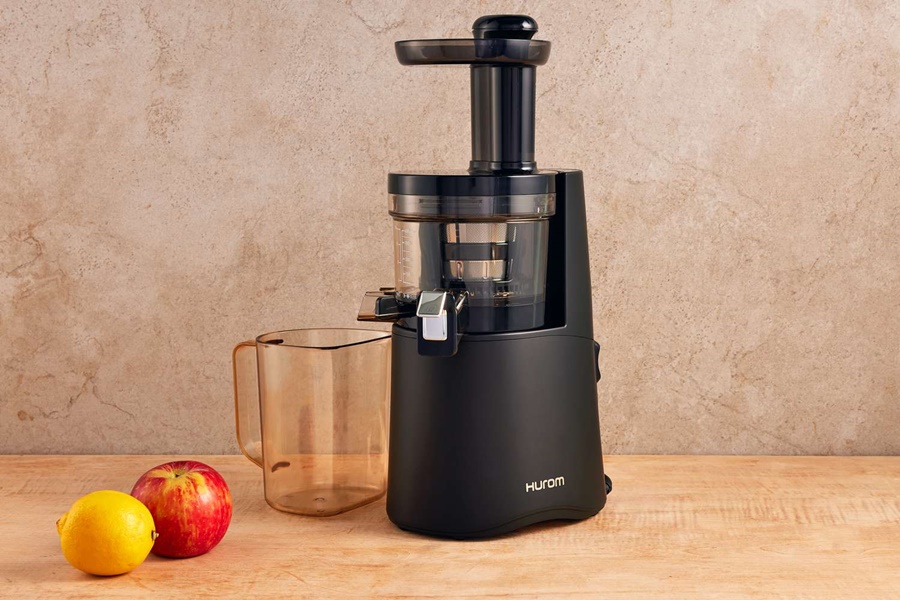
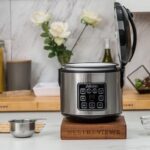
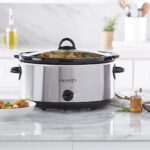
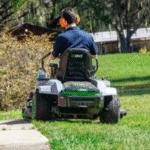
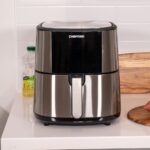
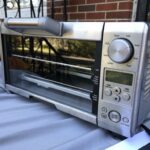
Leave a Reply